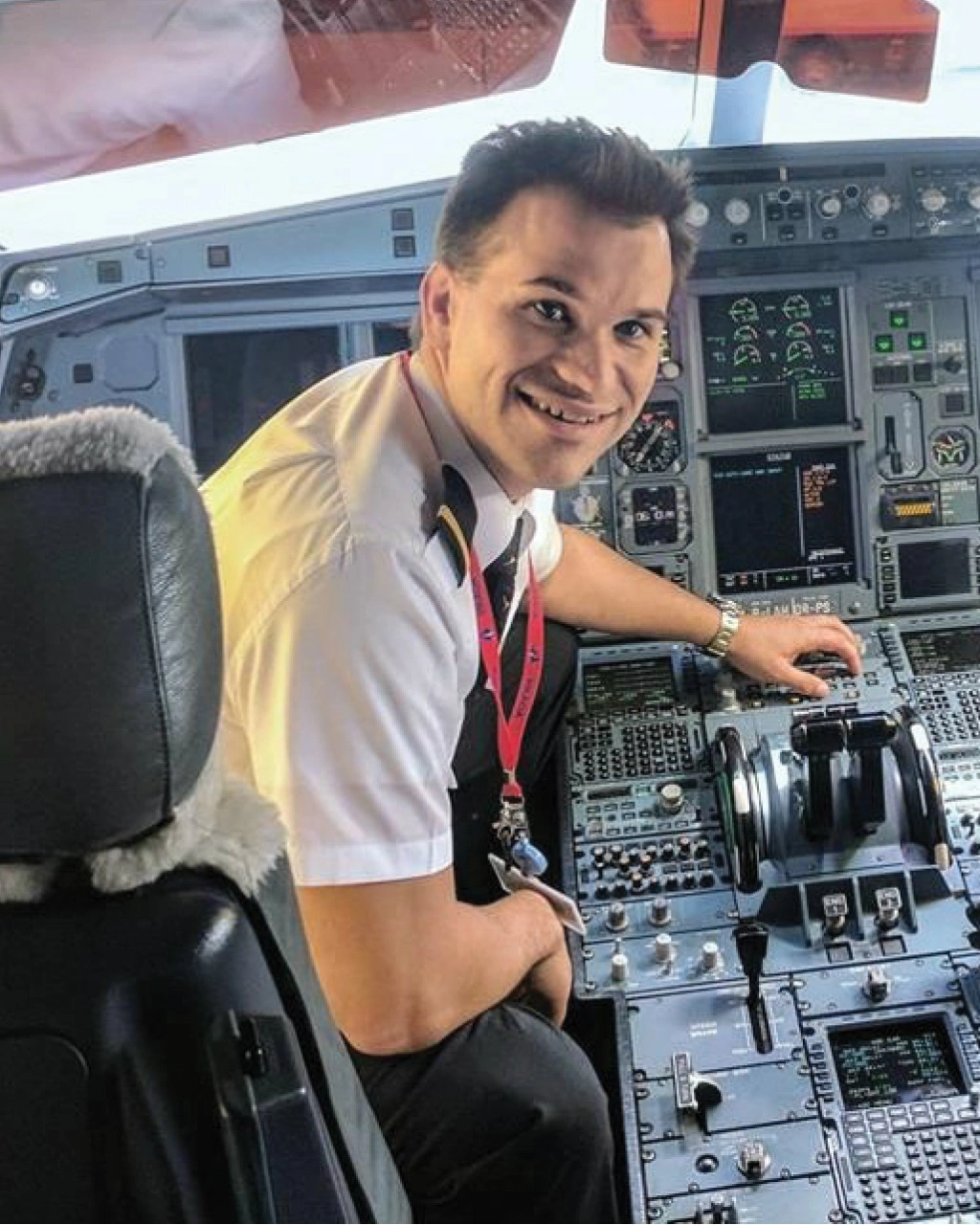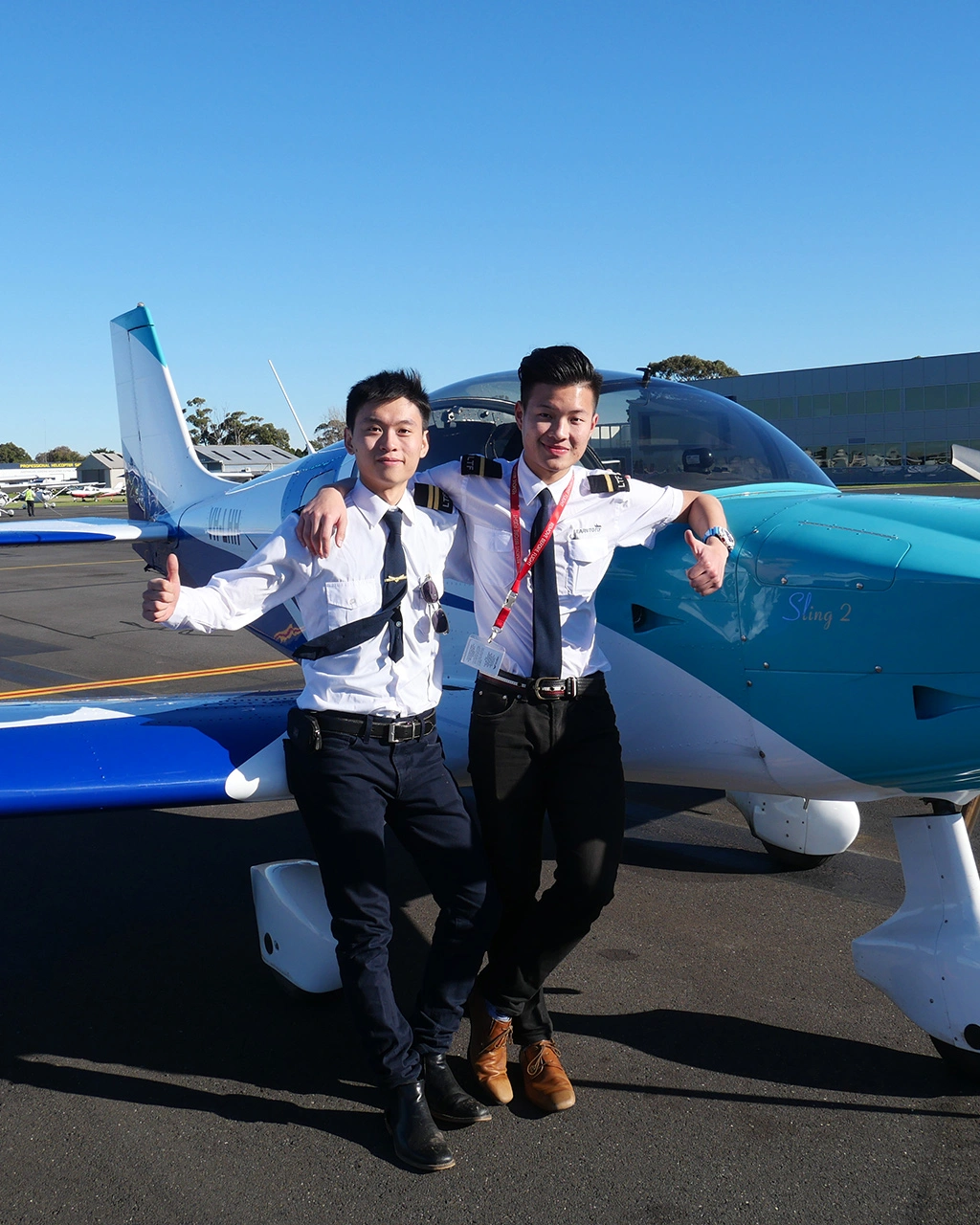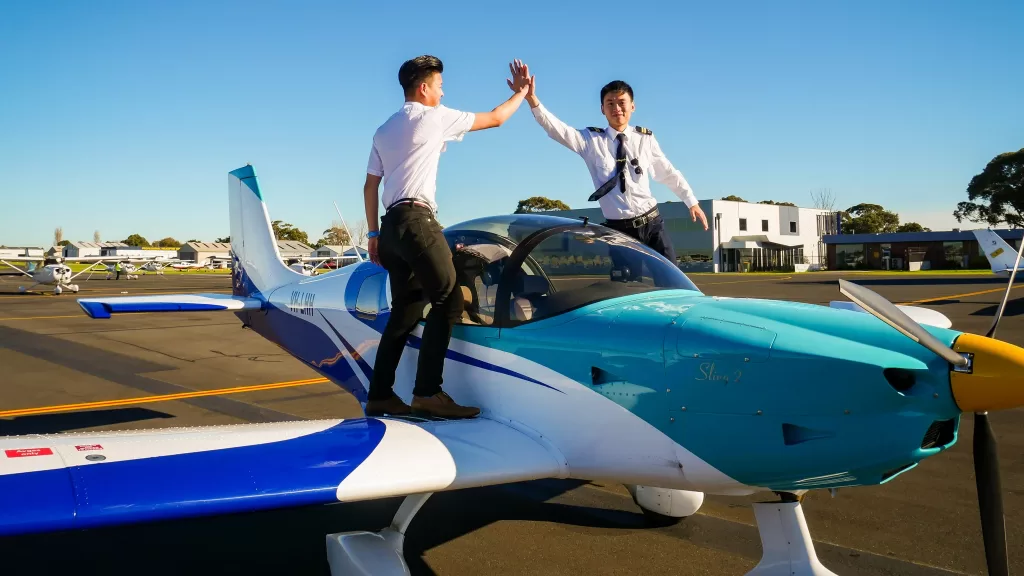This is the first in a series of blogs that will discuss the selection process for 3 of the major airline groups, and how we can help you with each stage. Today we discuss the Cathay Pacific pilot selection processes.
One of the biggest ongoing aviation news stories in 2018 was the current and future global pilot shortage, and the rapid expansion of cadet pilot programs from most of the world’s biggest airlines. With new opportunities opening up globally, an airline pilot career is more achievable now than it has ever been.
The selection process is still challenging though, and very competitive, and preparation is absolutely essential if you hope for success.
Cathay Pacific Airways Cadet Pilot Selection
Stage 1A. Initial Psychometric Testing
Designed to screen applicants and look at key qualities that are desired for the role as a pilot, the psychometric test covers the general personality, intelligence, numerical reasoning and eye-hand coordination.
Our airline interview preparation courses give you the opportunity to complete example psychometric tests similar to those used by airlines. We will then thoroughly analyse your results with you, based on what airlines are looking for.
Stage 1B. Initial HR & Technical Screening Interview
This closely assesses the candidate’s overall motivation towards the role and to the airline, as well as some technical knowledge. In particular, enthusiasm and general attitude are assessed through detailed and focused questions about their dedication to becoming a pilot.
International airline Captain Darren McPherson will teach you how to best present yourself and your documents, based on 30 years of industry experience. During the program, he will thoroughly review your CV, as well as enhance your HR skills and technical knowledge specifically based on what airlines are looking for.
Stage 2A. Group Skills & Exercises
These timed exercises place candidates in a range of dynamic scenarios to identify skills such as communication, leadership, mathematical problem solving and threat management. Tasks may be re-presented with modified group numbers or participants to analyse different dynamics and results. All scenarios are thoroughly debriefed and discussed with to review applicants’ ability for self-assessment.
Group skills have become a significant factor in the airline pilot recruitment phase. We will practice group activities and review the effects of different personality types and examine leadership qualities as well as effective problem-solving techniques within a group, through airline-based scenarios.
Stage 2B. Detailed HR & Technical Interview
These interviews may be conducted by personnel from both the HR and Flight Operations department. They delve deeper into the candidate’s attitudes towards work, studies, life experiences, preparation and aviation knowledge.
In a simulated mock interview environment, we will work through advanced airline-specific HR questions and response methods, and perfect interview presentation techniques. The technical session will outline effective levels required for the various airline entry points. This will help identify your current level of knowledge, and any areas that you should upskill prior to interview.
Cathay Pacific Airways – Direct Entry Second Officer Selection
Stage 1. Group Skills & Exercises
Group exercises form an important part of the Cathay pilot selection process.
These timed exercises place candidates in a range of dynamic scenarios to identify skills such as communication, leadership, mathematical problem solving and threat management. You will have the opportunity to re-present tasks with modified group numbers or participants to analyse different dynamics and results. All scenarios are thoroughly debriefed and discussed to review applicants’ ability for self-assessment.
Group skills have become a significant factor in the airline pilot recruitment phase. We will practice group activities and review the effects of different personality types and examine leadership qualities as well as effective problem-solving techniques within a group, through airline-based scenarios.
Stage 2. Simulator Exercise & Assessment
Flight simulator assessment will allow the candidate to demonstrate flying skills that are an essential part of any pilot position. You will need to demonstrate a sound knowledge of basic instrument flying skills. Furthermore, a number of selected training events are presented to assess the candidate’s aptitude as to their “rate or learning” and the ability to process new tasks in the aircraft and training environment.
Learn To Fly has partnered with Flight Experience to be able to offer our students direct access to a Boeing-endorsed B737 flight simulator. Our preparation courses can not only prepare you for the things assessors will look for, but can also guide you through practically on the actual simulator.
Stage 3. Detailed HR & Technical Interview
Personnel from both the HR and Flight Operations department may conduct these interviews. They will delve deeper into the candidate’s attitudes towards work, studies, life experiences, preparation and aviation knowledge.
In a simulated mock interview environment, we will work through advanced airline-specific HR questions and response methods. We will also perfect interview presentation techniques. The technical session will outline effective levels required for the various airline entry points. This will help identify your current level of knowledge, and any areas that you should upskill prior to interview.
We also have airline selection process blog posts for Cathay Group and Qantas Group.
Learn To Fly offers 3 dedicated courses to help you in preparation for airline applications, and we can customise the syllabus based on the process of whatever your chosen airlines are. The courses are run in conjunction with ACS- Aviation Consulting Services and are facilitated by international airline Captain Darren McPherson.
Over the last 2 years, these programs have assisted nearly 80 applicants to successfully be accepted into 10 different airlines around the world. Learn more below:
– Future Cadet Pilot Program (FCPP)
– Airline Interview Coaching Session

For further information or to register your interest in these modules, email hello@learntofly.com.au or visit https://drift.me/learntofly/meeting to book a meeting and school tour.


























